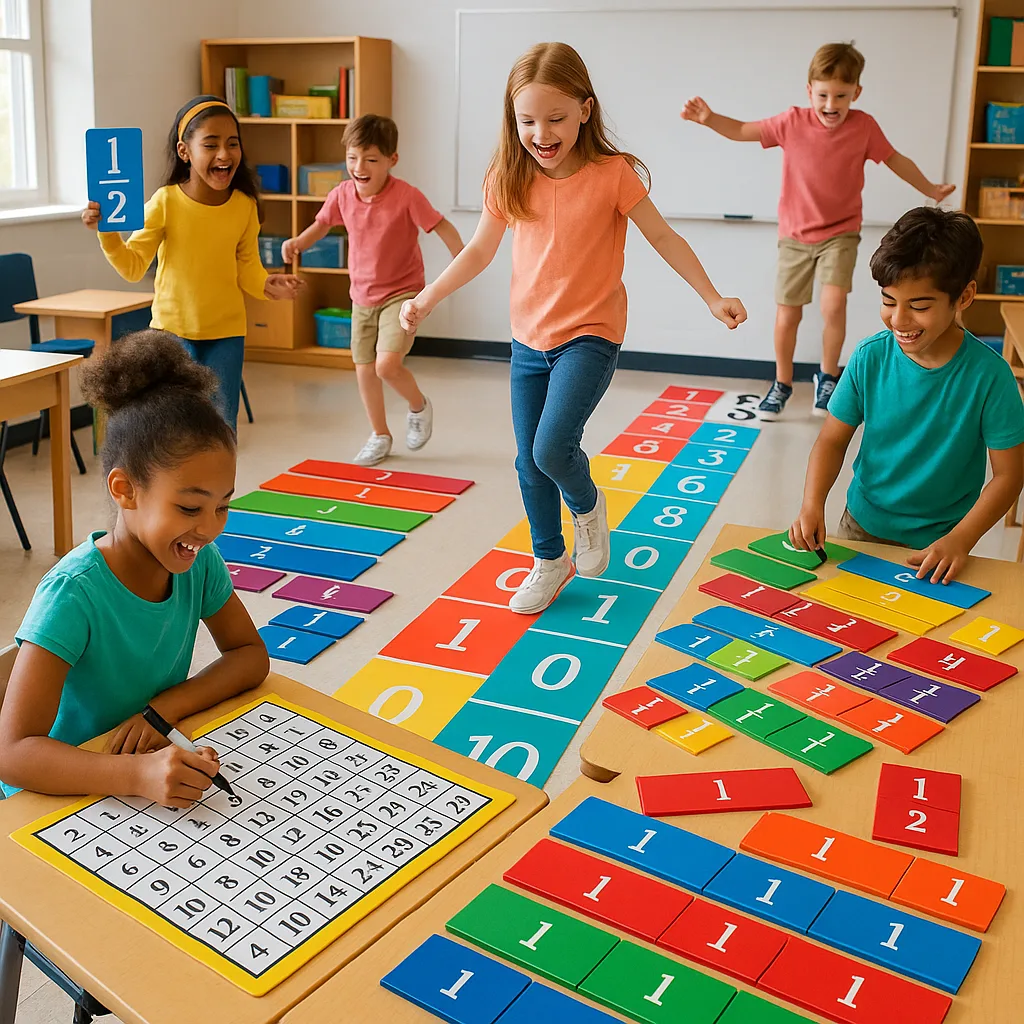Poster Printing for Teachers Math Centers
Why Poster Printing for Teachers Math Manipulatives Changes Everything
In my years as Vice Principal at Sunnyvale Elementary, I’ve observed countless math lessons. Subsequently, I’ve noticed that students who engage with physical manipulatives demonstrate significantly better conceptual understanding. However, traditional math manipulatives can be expensive and limited in scope. Therefore, combining a poster printing machine with lamination opens up endless possibilities for creating custom, reusable learning tools.
Furthermore, these DIY manipulatives offer several advantages over store-bought options. First, they’re completely customizable to your curriculum needs. Second, they’re significantly more affordable when produced in-house. Third, students can write directly on laminated surfaces with dry-erase markers. Finally, they’re durable enough to withstand years of classroom use.
Continuing Our List: Advanced Manipulatives
9. Division Fact Family Houses: Print house-shaped templates where students write fact families. Consequently, this visual representation helps students understand the relationship between multiplication and division.
10. Decimal Place Value Sliders: Create sliding decimal charts that physically demonstrate how digits change value. Furthermore, these tools make abstract decimal concepts tangible.
11. Area and Perimeter Puzzle Pieces: Design interlocking shapes that students arrange to explore area and perimeter relationships. Additionally, color-coding helps differentiate between concepts.
12. Probability Spinners: Print customizable spinners for probability experiments. Moreover, students can modify sections to test different outcomes.
13. Pattern Block Templates: Create large-scale pattern block designs for exploring fractions, symmetry, and tessellations. Subsequently, these become favorite free-choice activities.
14. Graphing Coordinate Planes: Print wall-sized coordinate planes for plotting points and graphing equations. Therefore, kinesthetic learners can physically walk to coordinates.
15. Problem-Solving Strategy Mats: Design step-by-step problem-solving guides that students can write on during math workshops. Finally, these scaffolds support independent work.
of teachers report improved student engagement with custom manipulatives
Maximizing Durability: Lamination Best Practices
Through years of creating classroom materials, I’ve learned that proper lamination makes the difference between manipulatives lasting weeks versus years. First, always ensure your printed materials are completely dry before laminating. Second, leave a quarter-inch border around all edges for a proper seal. Third, use quality laminating pouches or rolls appropriate for your material thickness.
Budget-Friendly Benefits: Making the Most of Your Investment
When I present at educational conferences, budget concerns always arise. However, creating your own manipulatives with poster printing for teachers proves remarkably cost-effective. Consider this: a commercial fraction bar set costs $30-50 and serves one small group. Alternatively, printing and laminating custom sets costs under $5 per set using your school’s poster maker.
Additional Savings Include:
• Customization: Align materials perfectly with your curriculum
• Replacement: Quickly reproduce lost or damaged pieces
• Differentiation: Create multiple difficulty levels at no extra cost
• Sharing: Print sets for grade-level teams efficiently
• Updates: Modify designs based on student feedback


